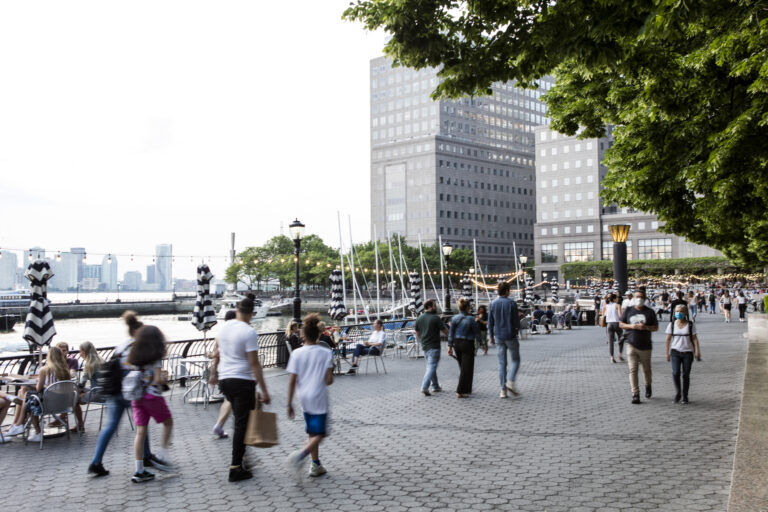As the world’s population continues to grow at an unprecedented rate, cities have become vibrant centers of culture, commerce, and innovation. In this article, we will explore the top 10 largest cities by population, showcasing the diverse and dynamic urban landscapes that are home to millions of people.
- Tokyo, Japan: Tokyo claims the top spot as the most populous city in the world, with a staggering population of over 37 million people. Known for its cutting-edge technology, bustling streets, and rich cultural heritage, Tokyo offers a unique blend of tradition and modernity.
- Delhi, India: India’s capital city, Delhi, comes in at number two, with a population of approximately 31 million. With its historical landmarks, bustling markets, and diverse population, Delhi showcases the country’s vibrant spirit and serves as a political, cultural, and economic hub.
- Shanghai, China: Shanghai, a global financial center and major port city, ranks third on our list with a population of around 27 million. Renowned for its impressive skyline, Shanghai’s rapid development and economic prowess have turned it into a symbol of China’s rise as a global superpower.
- São Paulo, Brazil: As the largest city in South America, São Paulo is home to more than 21 million people. Known for its vibrant arts scene, dynamic nightlife, and multicultural population, São Paulo stands as a testament to Brazil’s diverse cultural fabric.
- Mumbai, India: India’s financial capital, Mumbai, houses over 20 million people, securing its place as one of the world’s largest cities. With its bustling film industry, historic landmarks, and bustling street markets, Mumbai is a melting pot of cultures and a city that never sleeps.
- Beijing, China: China’s capital city, Beijing, boasts a population of approximately 21 million. This historically rich city attracts visitors with its iconic landmarks such as the Great Wall, Forbidden City, and the Temple of Heaven. As the political and cultural heart of China, Beijing seamlessly blends tradition with modernity.
- Karachi, Pakistan: Karachi, the largest city in Pakistan, has a population of around 16 million. Situated on the Arabian Sea, this bustling metropolis serves as a major economic and commercial center, offering a glimpse into the country’s rich cultural heritage and vibrant street life.
- Istanbul, Turkey: Straddling two continents, Istanbul is a transcontinental city with a population of approximately 15 million. Known for its historical landmarks, such as the Hagia Sophia and the Blue Mosque, Istanbul has a unique charm that blends Eastern and Western cultures.
- Dhaka, Bangladesh: Dhaka, the capital of Bangladesh, is home to over 14 million people. With its vibrant markets, rickshaw-filled streets, and a mix of modern and colonial architecture, the city encapsulates the country’s rapid urbanization and cultural diversity.
- Cairo, Egypt: Completing our list is Cairo, the sprawling capital of Egypt, with a population of around 10 million. With its iconic pyramids, ancient temples, and bustling bazaars, Cairo is a city that embraces its rich historical heritage while embracing the demands of the modern world.
The world’s largest cities are bustling hubs of activity, diversity, and growth. Each city on this list showcases unique cultural, historical, and economic aspects, contributing to the global tapestry of urban life. As our global population continues to expand, these cities will undoubtedly play an integral role in shaping our future.



